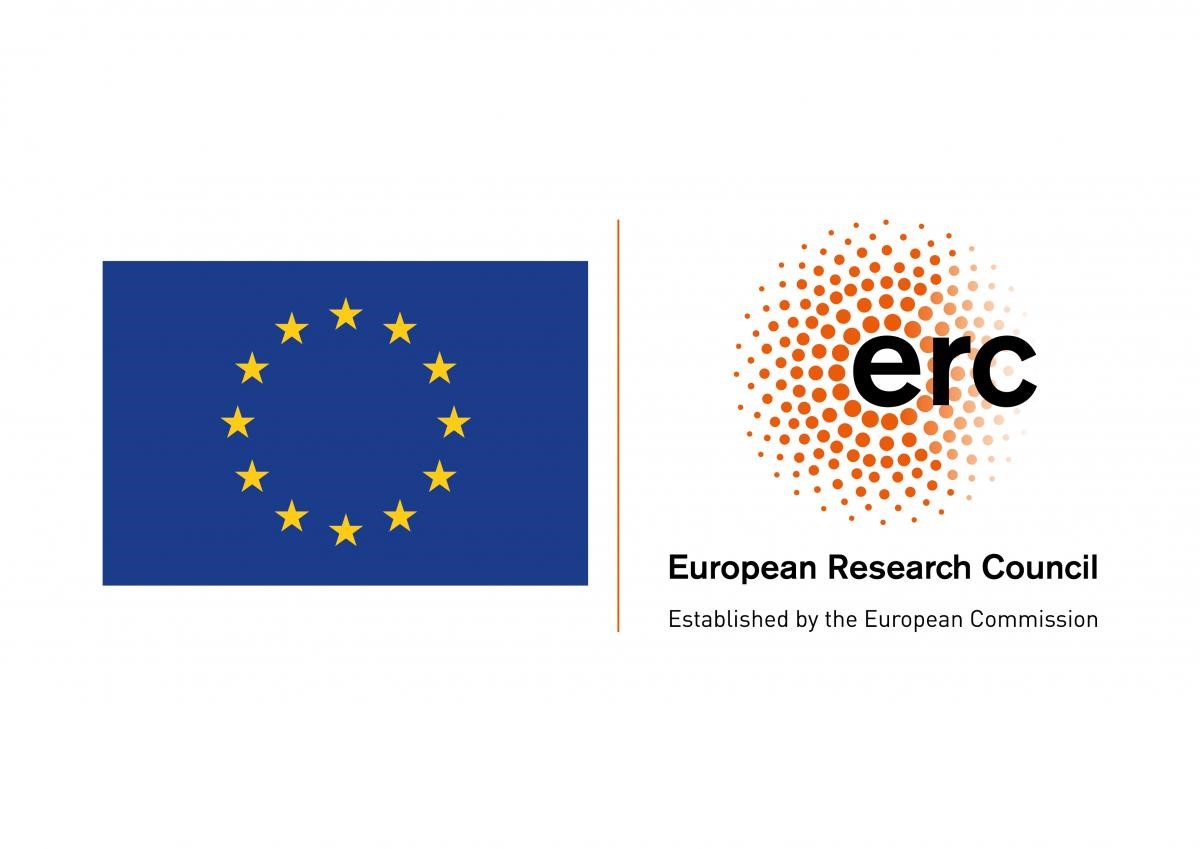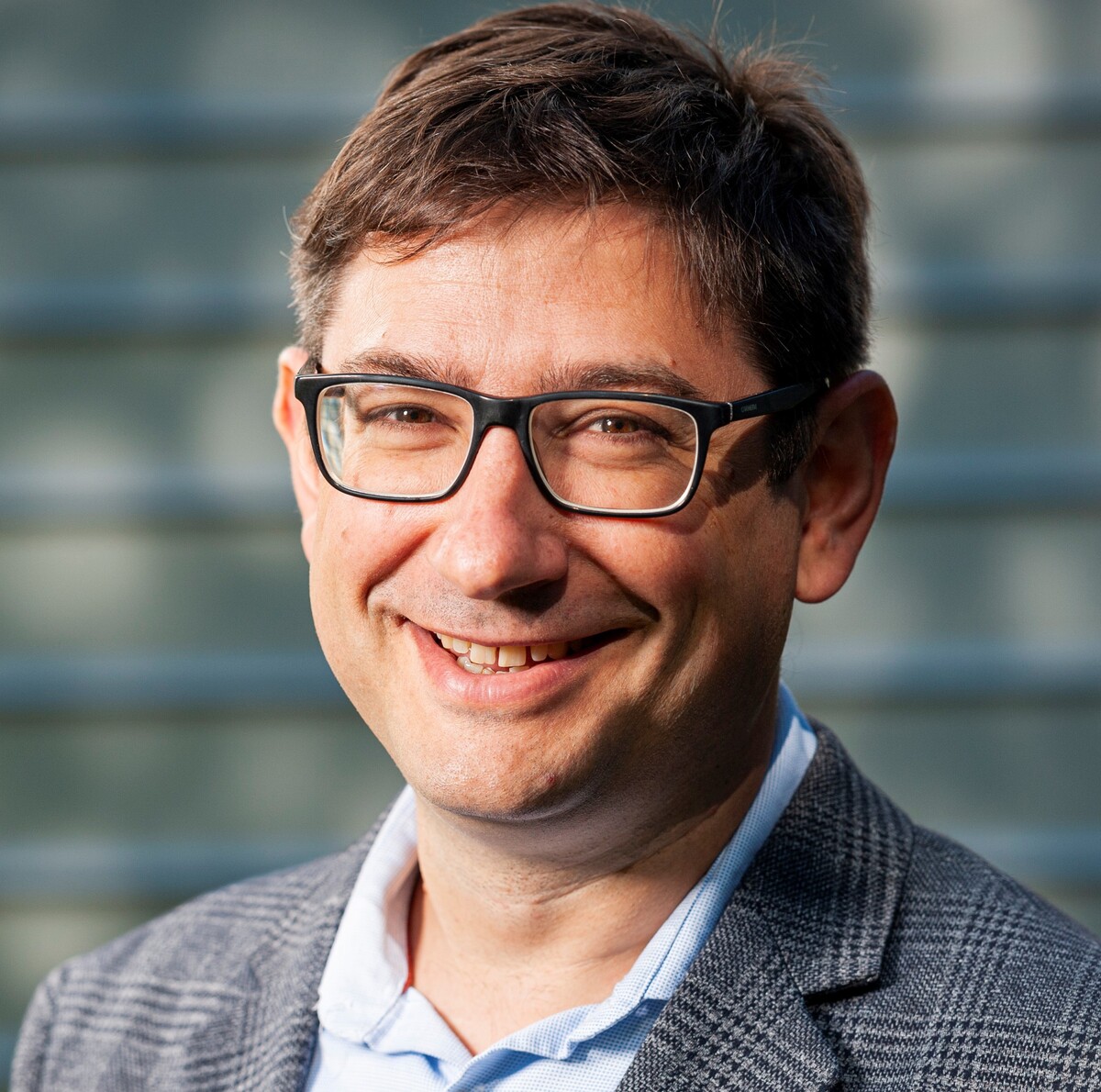ERC CoG TRTITIME: “Isolation, Observation, and Quantification of Mechanisms Responsible for Hydrogen Embrittlement Using TRITIium based microMEchanics."”
A prestigious ERC consolidator grant was awarded to Prof. Christoph Kirchlechner to decipher the fundamental mechanisms of hydrogen embrittlement.
Hydrogen is an indispensable element in the energy transition and expected to be key for decarbonization of the European society. Hydrogen embrittlement – recognized and in focus of materials science since almost 150 years – still causes catastrophic failure until today. It is well-understood that all mechanisms of hydrogen embrittlement materialize at the scale of individual defects, such as dislocations, grain- and phase-boundaries. But we are still missing a correlative measurement of the mechanical behaviour of individual defects and the local hydrogen content, which is urgently needed to assess the occurrence, importance and magnitude of mechanisms playing a role during hydrogen embrittlement.
Prof. Kirchlechner and the team of the Fusions Materials Laboratory (FML) of the Institute for Applied Materials – Mechanics of Materials and Interfaces (IAM-MMI) will tackle these challenges within the ERC funded project ERC CoG TRTITIME, which for the first time facilitates the isolation, observation and quantification of single mechanisms responsible for hydrogen embrittlement by TRITIium based microMEchanics. A fundamental understanding of these mechanisms will facilitate a mechanism-based design of structural and functional materials needed for the energy transition.
Grants of the European Research Council are regarded as one of the most prestigious international research grants. 2652 proposals were submitted European wide in this application round whereby only 12% of the scientists were successful. Further information can be found at the KIT-Press release.



